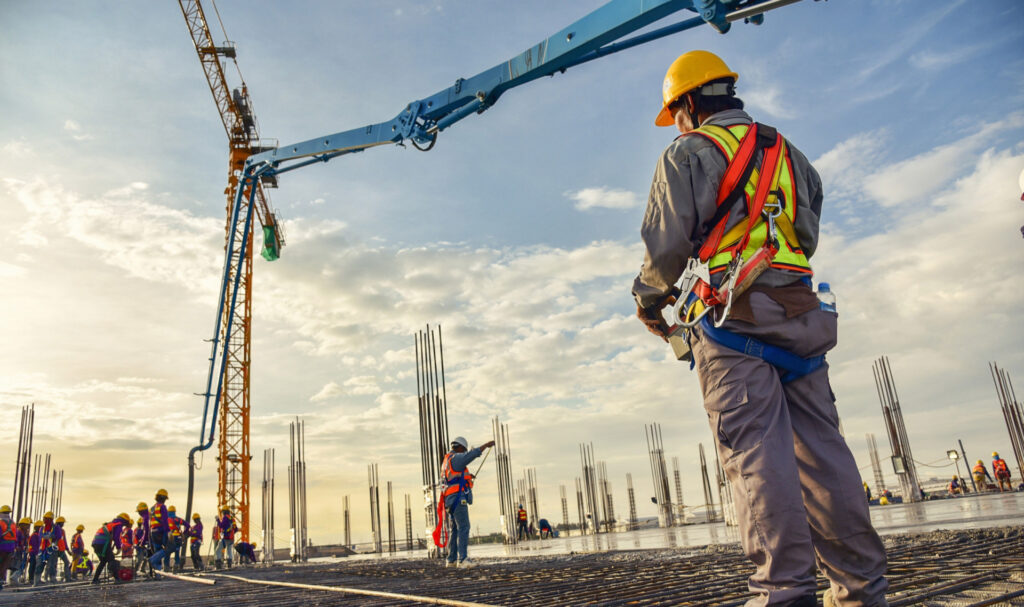The Importance of Safety in Construction Projects
Why Safety is Crucial in the Construction Industry
Construction is one of the most dynamic and essential industries in the world, driving infrastructure development, urban growth, and economic progress. However, it is also one of the most hazardous sectors, where workers face numerous risks on a daily basis. From heavy machinery and heights to electrical hazards and hazardous materials, construction sites present a wide array of dangers. This makes safety not just a regulatory requirement but a moral and operational imperative.

Understanding the Risks in Construction
Construction work involves complex activities that can put workers at risk of injury or even death. Common hazards include falls from scaffolding, accidents with cranes or forklifts, exposure to harmful chemicals, and injuries from tools or machinery. Additionally, environmental factors like extreme weather, poor lighting, or unstable terrain can further amplify risks. Understanding these hazards is the first step toward creating a culture of safety on construction sites.
For instance, statistics from the International Labour Organization indicate that construction accounts for a significant percentage of workplace accidents worldwide, highlighting the need for rigorous safety measures.
Implementing Strict Safety Protocols
One of the most effective ways to protect workers is through strict safety protocols. These include clear guidelines on equipment use, mandatory protective gear such as helmets, gloves, and harnesses, and regular safety briefings. By creating a structured safety system, companies can prevent accidents before they happen.
Moreover, enforcing protocols ensures that all workers, from laborers to supervisors, are aware of their responsibilities. Tools like safety checklists, site inspections, and hazard assessments make the environment safer for everyone involved.
Training and Education: Key to Safety
Proper training and education are vital to minimize workplace accidents. Workers should be trained not only on how to operate machinery safely but also on emergency response, first aid, and recognizing potential hazards.
Regular workshops and refresher courses help reinforce safety practices, ensuring that even experienced workers remain vigilant. Educated workers are more likely to follow protocols, report unsafe conditions, and contribute to a safer workplace culture.
The Role of Technology in Enhancing Safety
Modern technology is playing a pivotal role in improving construction safety. Wearable devices can monitor workers’ vital signs and detect fatigue or dangerous conditions. Drones can inspect high-risk areas without putting human lives in danger. IoT sensors embedded in machinery or structures provide real-time alerts about potential failures or unsafe conditions.
These technological innovations not only prevent accidents but also improve project efficiency by minimizing delays caused by injuries or unsafe practices.
Benefits of Prioritizing Safety
Prioritizing safety brings multiple benefits beyond compliance with legal standards. Firstly, it reduces workplace accidents, which in turn lowers medical and insurance costs. Secondly, a safe work environment boosts employee morale, productivity, and loyalty. Workers who feel secure are more focused and motivated, which leads to better-quality construction.
Additionally, companies that emphasize safety build a reputation for professionalism and reliability. Clients and partners are more likely to trust a construction firm that demonstrates a commitment to worker welfare and quality standards.
